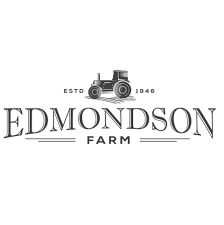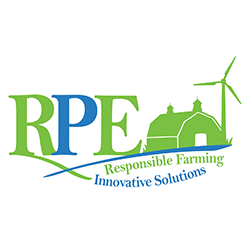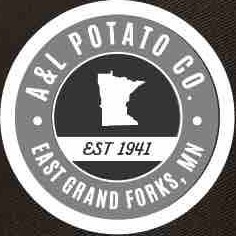This should be an outstanding year for Idaho potatoes, grower-shippers say.
“This year’s Idaho potato crop had absolutely idyllic growing conditions and has produced one of the highest-quality crops we have ever seen,” says Ross Johnson, vice president of retail sales for the Eagle-based Idaho Potato Commission.
“Supplies will be plentiful, and we will have over 13 billion pounds of potatoes to sell this year,” he says.
Idaho is the No. 1 grower of yellow potatoes and russets, and growers have come a long way with the quality of their red potatoes, he adds.
Wada Farms
“Quality is top-notch this year,” agrees Eric Beck, marketing director for Wada Farms Marketing Group, Idaho Falls, Idaho. That’s because of the state’s favorable growing and harvest conditions, he explains.
Size profiles cover the whole spectrum, and the company can offer “pretty much anything a retailer or foodservice distributor is looking for,” Beck says.
Volume will be up slightly at Wada Farms and throughout the industry because of good weather and good yields, he adds. The company, which ships potatoes year-round, grows all potato varieties, including russets, reds, yellows and chippers, and offers organic potatoes.
“Volume [of organic product] should be up slightly from last year with good quality and good size,” Beck says.
Eagle Eye Produce
Idaho Falls-based Eagle Eye Produce also offers year-round programs for red, yellow and russet potatoes, says Coleman Oswald, director of sales.
“Russets are still our top seller, but we’ve seen strong demand growth in yellows and reds over the past few years,” he says. “Yellow potatoes especially are seeing growing demand every year.”
Growing conditions were close to ideal this year, he says, and early quality was looking good coming out of storage.
“We have invested heavily in optical grading and sorting technology that uses AI to make sure the quality coming out of our facilities is strong,” he says.
Volume should be similar to last year at Eagle Eye Produce, with similar acreage and yields, Oswald says. The company also expects a good range of sizes.
Pleasant Valley Potato
Pleasant Valley Potato Inc., Aberdeen, Idaho, has packed russet potatoes exclusively for 38 years, says Ryan Wahlen, sales manager.
The company ships potatoes year-round, and it finished this year’s harvest around Oct. 7 with outstanding quality, he says.
“This has been a great year in terms of quality, yields and size profile,” he adds.
Volume might be up a bit this season because of a “fantastic growing season,” Wahlen says.
Potatoes don’t like triple-digit temperatures during the day, and they don’t like hot nights, either, he says.
“Cool nights give potatoes growth,” he says.
Wilcox Fresh
Rexburg, Idaho-based Wilcox Fresh grows red, yellow and russet varieties, says Derek Peterson, vice president of sales and operations. The company has enough tubers stored to last until the next crop year.
“Growing conditions were very good in our area of the state,” Peterson says. “We’re pleased with both yields and quality.”
Size of the potatoes also was satisfactory, he says, and the firm’s volume should be up slightly this year.
Pricing
Despite excellent quality and good yields this year, potato growers say current pricing leaves a lot to be desired.
Prices have been “horrible,” opines Wahlen of Pleasant Valley.
“Pricing is far below the cost of production,” he says. “So far, it’s been a rough year for the growers.”
Prices could improve a bit as the holidays approach, he says, but probably not enough to make much difference.
“When you’re operating at about 40% of the cost of production, you need a pretty big increase to make up that difference,” Wahlen says.
Inflation and rising costs also have impacted the entire industry, adds Beck of Wada Farms, who says costs for everything have risen.
Whether a company absorbs higher costs or passes them along is a challenge.
“We’re doing our best to keep costs in check for our customers, so they can budget and plan accordingly in their procurement strategies,” Beck says.
“There seems to be good supply, which, unfortunately, doesn’t translate into great pricing,” says Peterson of Wilcox Fresh.
One of the company’s main goals is to maximize returns to its growers.
“Hopefully, there’s opportunity for better returns for the growers in the future.” Peterson says.
The cost of every input, including packaging, equipment, fertilizer, labor and freight has risen sharply, and the market has not kept pace with those increases, says Oswald of Eagle Eye Produce.
“The potato market today is roughly where it was 10 years ago, while input prices have multiplied several times over,” he explains.
“Unfortunately, due to the very real influence of supply versus demand with our fresh commodities, we have not been successful in holding markets high enough to offset these costs, and farms are definitely hurting,” he adds.



















